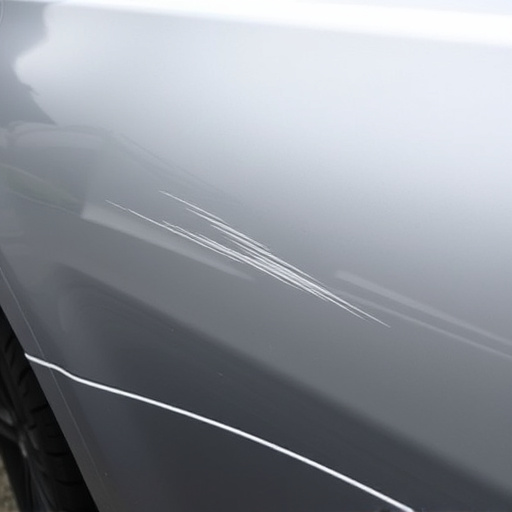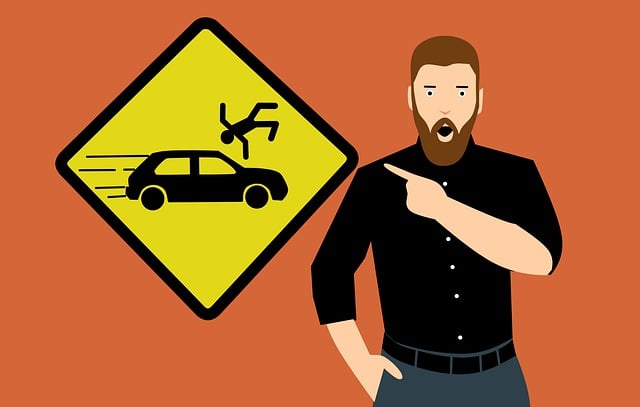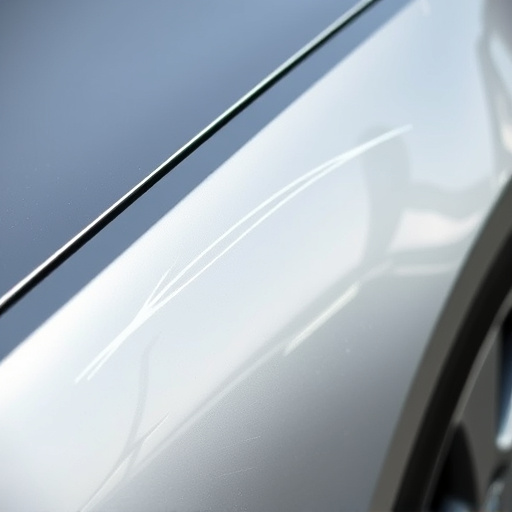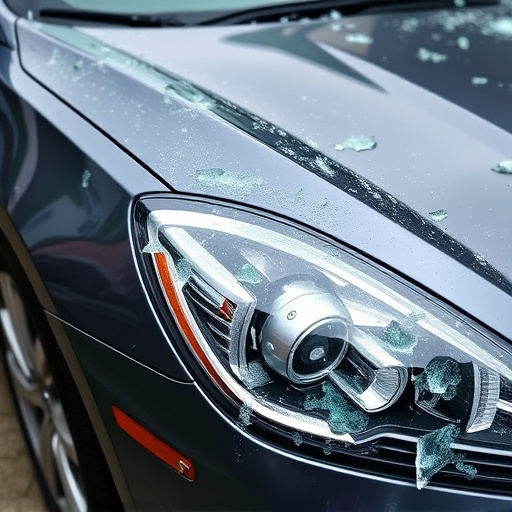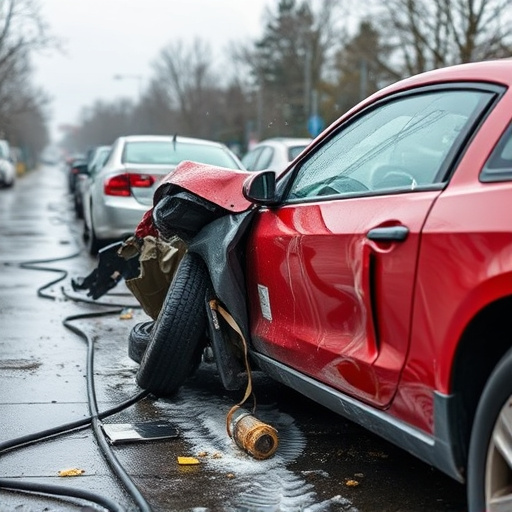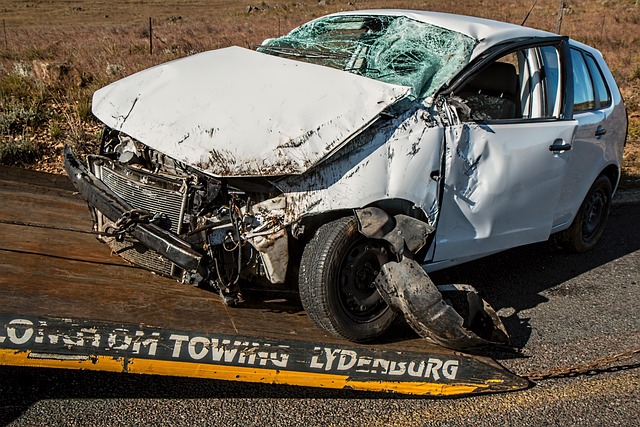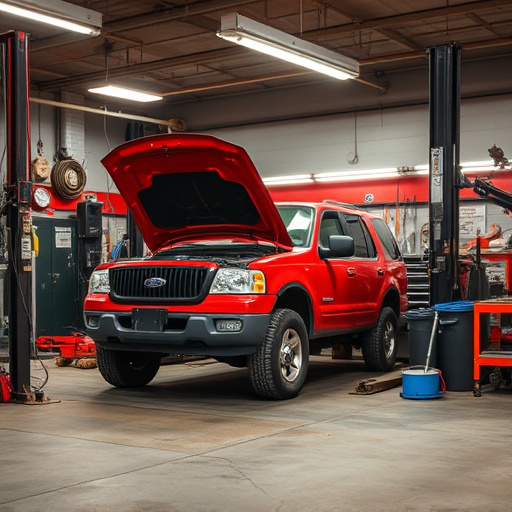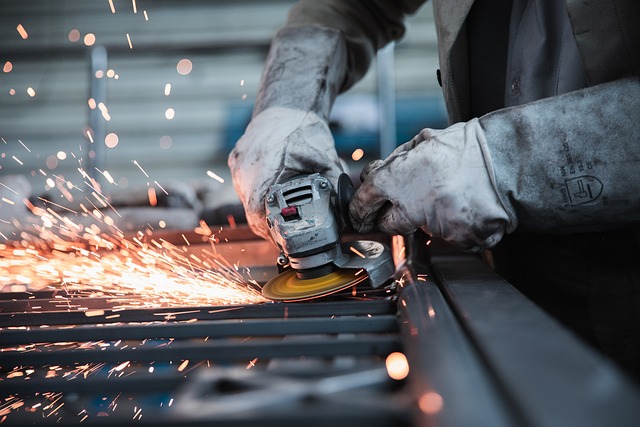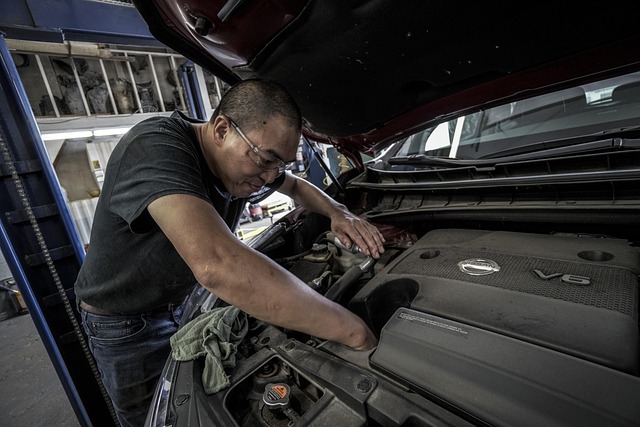Hail damage dent repair is a specialized service addressing diverse hailstorm impacts on vehicles, from shallow dimples to complex creases. Professional collision centers use advanced techniques, tools, and computer-aided design (CAD) to safely remove dents, preserving vehicle integrity, aesthetic, and value. Efficient repairs vary by impact zones—body, doors, hood, roof panels, fenders—requiring painting, metalworking, or molding. Skilled technicians and precise measurements ensure accurate restoration while maintaining structural integrity and appeal.
Hail damage dent repair is a specialized service crucial for addressing the unique challenges posed by multiple impact zones. Hail storms can leave behind a tapestry of dents, from isolated dings to extensive surface scars. This article guides you through understanding hail damage and its far-reaching effects. We delve into the intricate process of dent repair, highlighting effective methods tailored for various affected areas. Discover expert strategies to restore your vehicle’s pre-hail condition effectively.
- Understanding Hail Damage and Its Impact
- The Process of Dent Repair for Different Areas
- Effective Methods for Multiple Impact Zones
Understanding Hail Damage and Its Impact
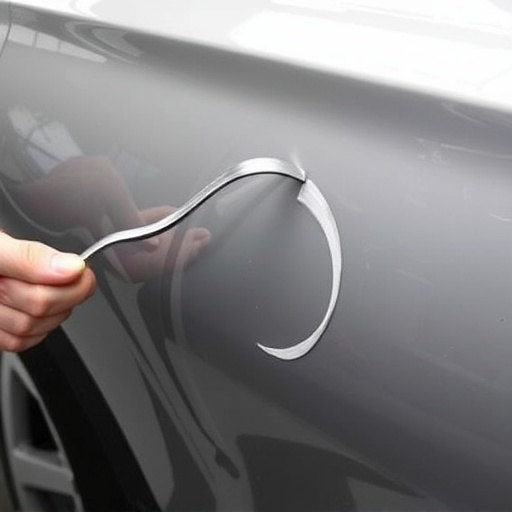
Hail damage dent repair is a specialized service that addresses the unique challenges posed by severe weather events. Hailstorms can leave behind a trail of destruction, with countless tiny ice pellets pummeling vehicles, causing dents, scratches, and other cosmetic damage. Understanding hail damage involves recognizing its varied forms, from shallow dimples to deep, complex creases known as “dents.” These impacts can affect any part of a vehicle—roof, doors, hood, fenders, and even windows—requiring a comprehensive approach for effective hail damage dent repair.
The impact zones affected by hail can range from minor cosmetic issues to structural damage that requires professional automotive restoration. A collision repair center equipped to handle hail damage is vital for restoring vehicles to their pre-storm condition. They employ advanced techniques, including precision detailing and specialized tools, to safely remove dents without compromising the vehicle’s integrity. Efficient fender repair, in particular, is crucial for preserving the overall aesthetic and value of a car post-hailstorm.
The Process of Dent Repair for Different Areas
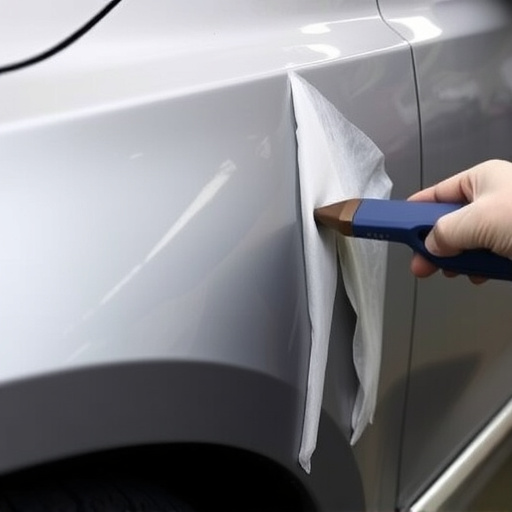
The process of dent repair varies depending on the impact zone. For example, repairing dents in the car body requires a different approach than fixing dents around the doors or hood. In areas with frequent hail damage, like roof panels or fenders, auto repair services often employ specialized techniques and tools to ensure precise results.
Tire services aren’t typically part of hail damage dent repair, as they involve separate issues. However, car body restoration processes can be extensive, involving painting, metalworking, and precision molding to restore the original shape and finish. Each zone presents unique challenges, requiring skilled technicians and the right materials to effectively mend the dents and prevent further damage.
Effective Methods for Multiple Impact Zones
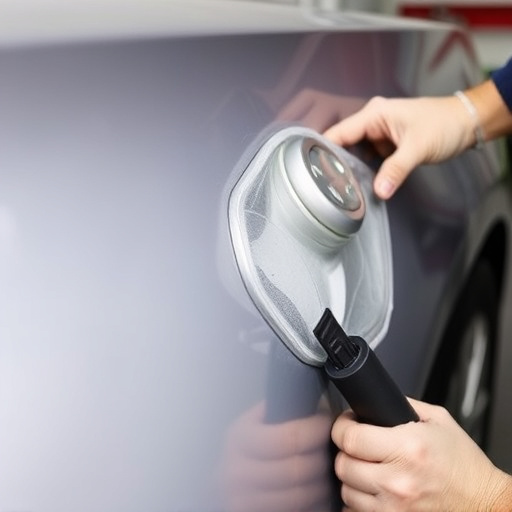
When it comes to hail damage dent repair for multiple impact zones, efficiency and precision are key. Professional vehicle body shops employ advanced techniques to address these complex areas effectively. One such method is the use of specialized tools designed to reach hard-to-get-to spots, ensuring every dent is correctly repaired. This involves careful assessment by experienced technicians who identify the extent of damage across various panels.
A modern approach in car damage repair is the implementation of computer-aided design (CAD) technology. This enables precise measurements and allows for tailored repairs. By comparing before-and-after images, CAD systems help restore vehicles to their original condition, maintaining the vehicle body’s structural integrity and aesthetic appeal. Such innovative techniques, coupled with expert knowledge, ensure that multiple impact zones are treated thoroughly, leaving no trace of hail damage.
Hail damage dent repair for multiple impact zones requires a nuanced approach, as each area demands specific attention. Understanding the unique challenges posed by various impact sites is key to effective restoration. By employing advanced methods tailored to these zones, professionals can ensure optimal results in repairing hail-stricken vehicles, enhancing their aesthetics and resale value. This comprehensive guide has illuminated the process, highlighting the importance of a strategic, zone-by-zone approach to successful hail damage dent repair.

